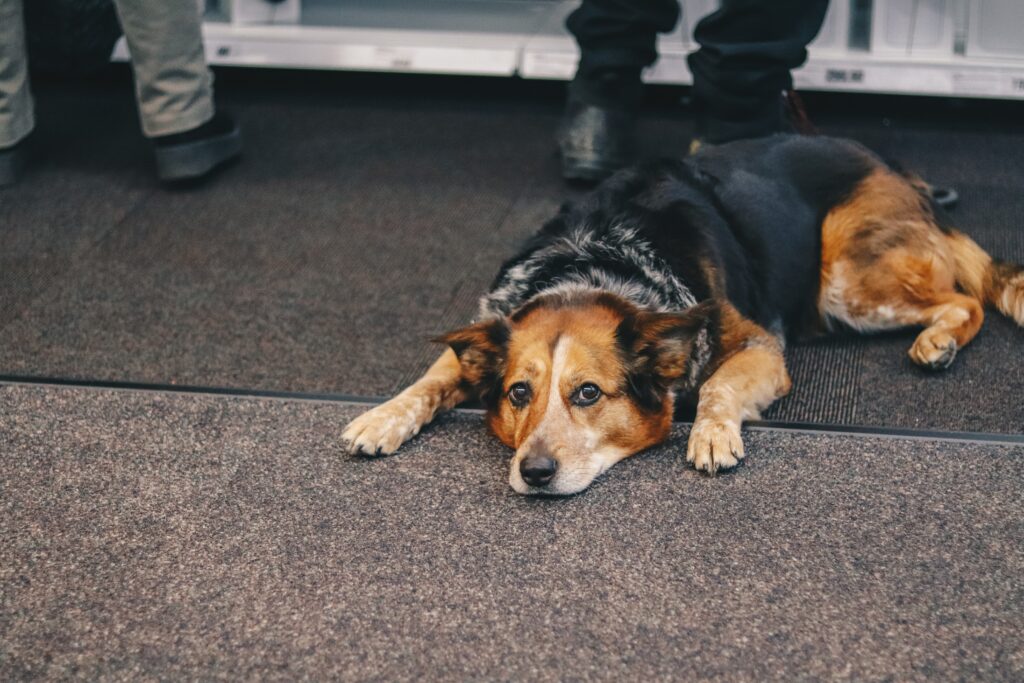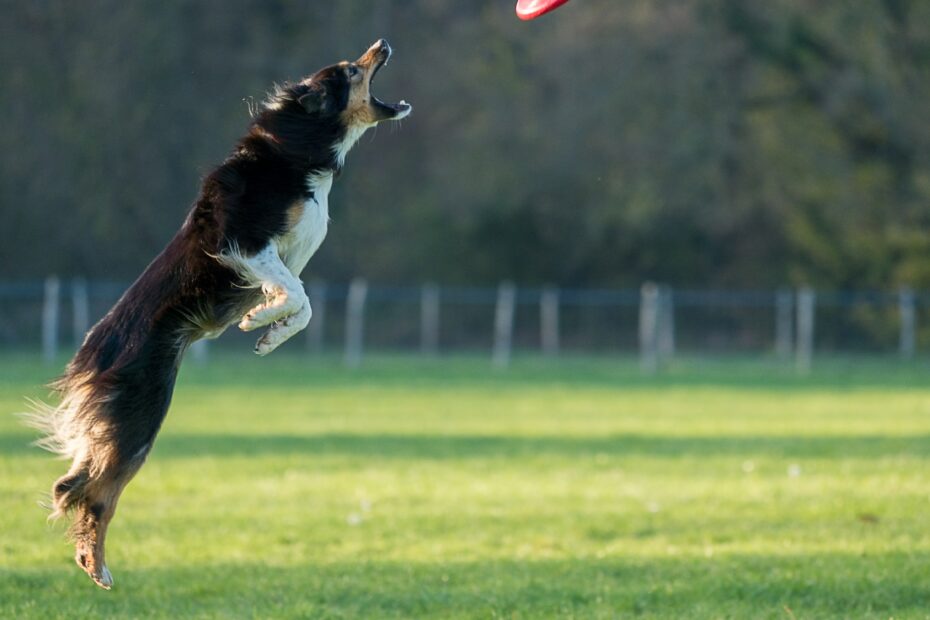Have you ever wondered how to make your dog behave? Well, there are a few tricks to teach your dog to behave that you may not know about.
Tricks to Teach Your Dog to Behave
- Start with the basics. Train your dog to sit, stay, come, and lay down using basic commands.Practice these commands every day. Once your dog has mastered the basics, move on to more difficult tricks, such as playing dead, rolling over, and shaking hands.
- Use treats and positive reinforcement to teach your dog new behaviors. Positive reinforcement is the most effective way to train a dog. Rewards such as treats or praise help your dog to understand that he is doing something right.
- Be consistent with your commands and rewards. Dogs respond best to consistent commands. If you use different commands for the same behavior, your dog will get confused and may not respond.
- Use a training collar and leash to keep your dog under control. A training collar and leash can help you to keep your dog under control. Training collars can be adjusted to fit snugly around your dog’s neck, and leashes can be used to prevent your dog from running away or getting into trouble.
- Use positive reinforcement to motivate your dog during training. To use positive reinforcement, simply give your dog a treat or praise him whenever he performs a trick correctly. For example, if you are teaching your dog to sit, give him a treat every time he sits on command.
- Use a variety of training techniques to get the most out of your dog.
- Be patient with your dog and keep training sessions short and sweet.
- Reward your dog for good behavior. Whenever your dog displays good behavior, be sure to praise him or give him a treat. This will help him to understand that he is doing something right.
- Be prepared to repeat training sessions until your dog understands the commands.
- Celebrate your dog’s progress and keep them happy during training.
Here are a few popular training techniques or tricks to Teach Your Dog to Behave:
Clicker training: Clicker training is a positive reinforcement technique that uses a small hand-held device that makes a clicking sound. Whenever your dog performs a behavior you like, you click the device and then give your dog a treat. This technique helps your dog to associate the clicking sound with a positive reward, which will motivate him to repeat the behavior.
Luring: Luring is a training technique that uses food or a toy to lure your dog into performing a behavior. For example, if you want your dog to sit, you would hold a treat above his head and slowly move it backwards until he sits down. Once he is in the sitting position, you would give him the treat.
Shaping: Shaping is a training technique that involves rewarding your dog for getting closer and closer to the behavior you want him to perform. For example, if you want your dog to jump through a hoop, you would first reward him for moving towards the hoop. Once he is close to the hoop, you would then reward him for putting his head through the hoop. Finally, you would reward him for jumping completely through the hoop.
How to teach your dog to lay down?
There are a number of reasons why you might want to train your dog to lay down on command. For example, it can be a useful behavior to have in situations where you need your dog to be calm and relaxed, such as when visitors come to your home. Additionally, teaching your dog to lay down can be a great way to bond with your pet and build their trust in you. Finally, this behavior can also be used as the foundation for other more advanced tricks and behaviors.
- Start by teaching your dog to sit down. Once your dog is sitting, give them a treat and tell them “good job.”
- Next, teach your dog to lay down by rewarding them when they lay down. Start by rewarding them every time they lay down for a short period of time, and then gradually increase the time they need to lay down for a reward.
- Finally, teach your dog to stay down by rewarding them when they stay down for a certain period of time. Start by rewarding them for staying down for a short period of time, and then gradually increase the time they need to stay down for a reward.

How to teach a dog to sit?
There are many reasons to teach a dog to sit. Some reasons include:
- Basic behavior that can be used as a foundation for other behaviors.
- Useful behavior in many real-world situations, such as when greeting people or during grooming.
- It is a behavior that is easy for most dogs to learn.
Basic steps below,
- Teach the dog to sit on your thigh.
- Reward the dog when it sits correctly.
- Repeat the process until the dog is consistently sitting.
- Once the dog is sitting consistently, begin teaching them to stay seated.

How to teach a puppy to stay?
There are many reasons to teach a puppy to stay. For example, if a puppy is jumping up on people, teaching him to stay can help prevent him from jumping.
If a puppy is getting underfoot, teaching him to stay can help prevent him from getting stepped on. If a puppy is chewing on something he shouldn’t be, teaching him to stay can help prevent him from chewing on it. In general, teaching a puppy to stay can help prevent him from getting into trouble.
- Introduce the puppy to the concept of staying.
- Use a variety of commands to reinforce the puppy’s understanding of staying.
- Continuously reinforce the puppy’s good behavior by praising and providing treats when they stay.
- If the puppy begins to stray, use a disciplinary technique such as a “no” or a physical correction to get them back on track.
- Continue to reinforce good behavior and provide positive reinforcement until the puppy is successful in staying put.
Conclusion – tricks to teach your dog to behave
It is important to make your dog behave. Some reasons why people might want to train their dog include:
- To teach them basic obedience commands such as sit, stay, come, down, etc.
- Stop them from engaging in unwanted behaviours such as barking, chewing, jumping up, etc.
- Help them socialise and interact better with other people and animals.
- Give them a sense of purpose or “job” to perform, which can help to keep their minds active and prevent boredom.
- Provide them with mental and physical stimulation, which can help to tire them out and prevent behavioural problems.
